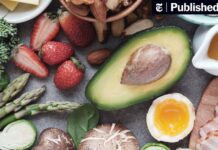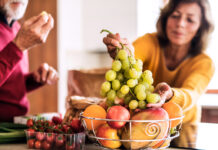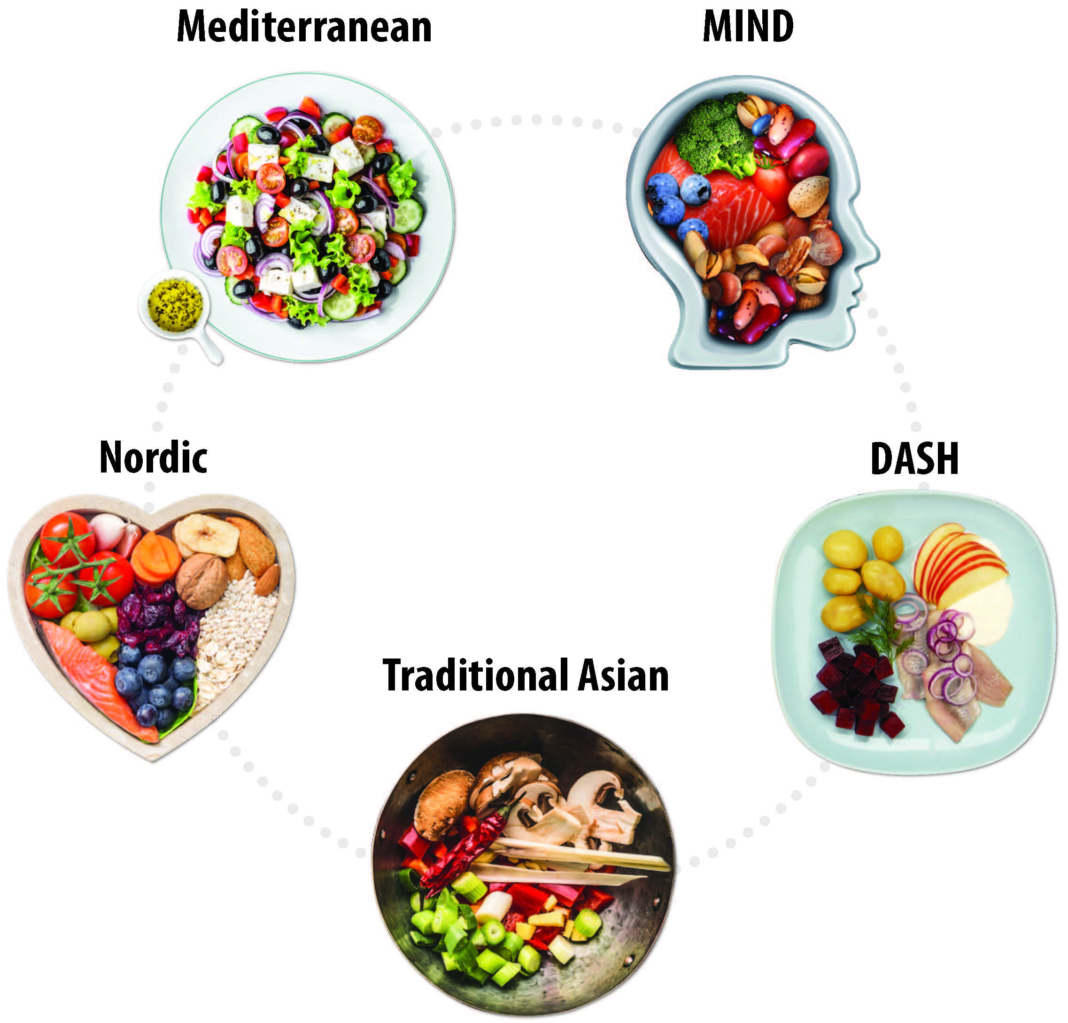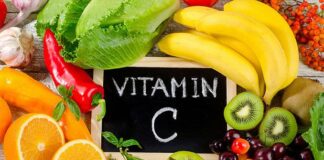Consuming a solid eating routine all through the life-course assists with forestalling lack of healthy sustenance in the entirety of its structures just as a scope of noncommunicable infections (NCDs) and conditions. Nonetheless, expanded creation of handled food varieties, fast urbanization and changing ways of life have prompted a change in dietary examples. Individuals are currently devouring more food sources high in energy, fats, free sugars and salt/sodium, and many individuals don’t eat enough natural product, vegetables and other dietary fiber like entire grains.
The specific make-up of a differentiated, adjusted and sound eating regimen will change contingent upon individual qualities (for example age, orientation, way of life and level of actual work), social setting, locally accessible food sources and dietary traditions. In any case, the essential standards of what comprises a solid eating regimen continue as before.
A sound eating routine incorporates the accompanying:
Natural product, vegetables, vegetables (for example lentils and beans), nuts and entire grains (for example natural maize, millet, oats, wheat and earthy colored rice).
Somewhere around 400 g (for example five bits) of products of the soil each day (2), barring potatoes, yams, cassava and other boring roots.
Under 10% of all out energy admission from free sugars (2, 7), which is identical to 50 g (or around 12 level teaspoons) for an individual of sound body weight consuming around 2000 calories each day, yet in a perfect world is under 5% of absolute energy consumption for extra medical advantages (7). Free sugars are altogether sugars added to food sources or beverages by the maker, cook or shopper, just as sugars normally present in honey, syrups, natural product squeezes and organic product juice condensed.
Under 30% of all out energy consumption from fats (1, 2, 3). Unsaturated fats (found in fish, avocado and nuts, and in sunflower, soybean, canola and olive oils) are desirable over immersed fats (found in greasy meat, margarine, palm and coconut oil, cream, cheddar, ghee and fat) and trans-fats, everything being equal, including both economically delivered trans-fats (found in heated and singed food varieties, and pre-bundled tidbits and food varieties, like frozen pizza, pies, treats, bread rolls, wafers, and cooking oils and spreads) and ruminant trans-fats (found in meat and dairy food sources from ruminant creatures, like cows, sheep, goats and camels). It is proposed that the admission of soaked fats be diminished to under 10% of absolute energy consumption and trans-fats to under 1% of all out energy admission (5). Specifically, economically delivered trans-fats are not piece of a solid eating regimen and ought to be kept away from (4, 6).
Under 5 g of salt (identical to around one teaspoon) each day (8). Salt ought to be iodized.
For babies and small kids
In the initial 2 years of a kid’s life, ideal sustenance cultivates sound development and works on mental turn of events. It likewise diminishes the danger of becoming overweight or large and creating NCDs sometime down the road.
Exhortation on a solid eating routine for babies and kids is like that for grown-ups, however the accompanying components are likewise significant:
Newborn children ought to be breastfed only during the initial a half year of life.
Babies ought to be breastfed ceaselessly until 2 years old and then some.
From a half year old enough, bosom milk ought to be supplemented with an assortment of sufficient, protected and supplement thick food sources. Salt and sugars ought not be added to correlative food sources.
Reasonable guidance on keeping a solid eating routine
Foods grown from the ground
Eating somewhere around 400 g, or five parts, of leafy foods each day decreases the danger of NCDs (2) and assists with guaranteeing a satisfactory day by day admission of dietary fiber.
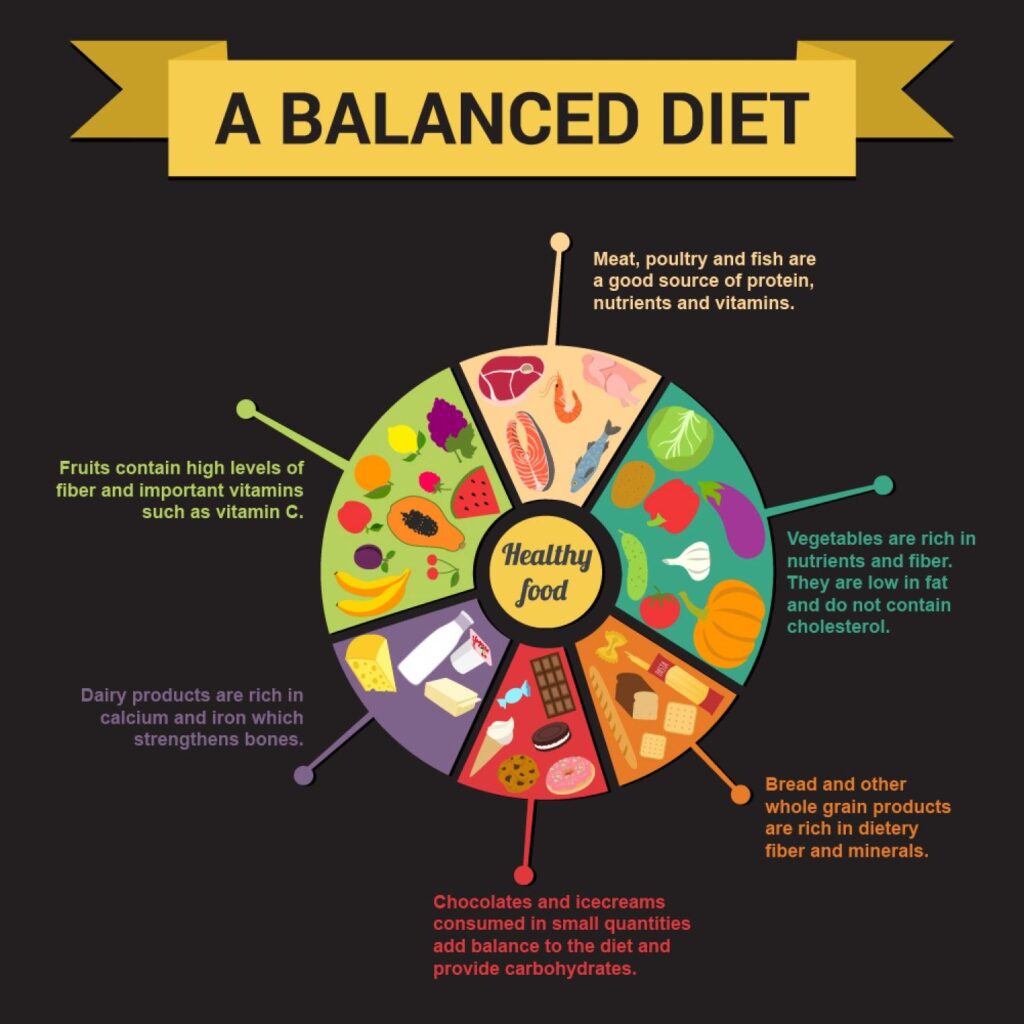
Products of the soil admission can be improved by:
continuously remembering vegetables for suppers;
eating new foods grown from the ground vegetables as bites;
eating new foods grown from the ground that are in season; and
eating an assortment of products of the soil.
Fats
Decreasing how much all out fat admission to under 30% of absolute energy consumption assists with forestalling unfortunate weight gain in the grown-up populace (1, 2, 3). Likewise, the danger of creating NCDs is brought down by:
diminishing soaked fats to under 10% of complete energy consumption;
lessening trans-fats to under 1% of complete energy admission; and
supplanting both immersed fats and trans-fats with unsaturated fats (2, 3) – specifically, with polyunsaturated fats.
Fat admission, particularly immersed fat and economically delivered trans-fat admission, can be decreased by:
steaming or bubbling as opposed to searing when cooking;
supplanting spread, grease and ghee with oils wealthy in polyunsaturated fats, like soybean, canola (rapeseed), corn, safflower and sunflower oils;
eating diminished fat dairy food sources and lean meats, or cutting back noticeable excess from meat; and
restricting the utilization of prepared and singed food varieties, and pre-bundled tidbits and food varieties (for example doughnuts, cakes, pies, treats, rolls and wafers) that contain economically delivered trans-fats.
Salt, sodium and potassium
The vast majority consume an excess of sodium through salt (relating to consuming a normal of 9-12 g of salt each day) and insufficient potassium (under 3.5 g). High sodium consumption and lacking potassium admission add to hypertension, which thusly builds the danger of coronary illness and stroke (8, 11).
Decreasing salt admission to the suggested degree of under 5 g each day could forestall 1.7 million passings every year (12).
Individuals are regularly uninformed about how much salt they consume. In numerous nations, most salt comes from handled food sources (for example prepared dinners; handled meats like bacon, ham and salami; cheddar; and pungent tidbits) or from food sources devoured as often as possible in huge sums (for example bread). Salt is additionally added to food sources during cooking (for example bouillon, stock 3D shapes, soy sauce and fish sauce) or at the mark of utilization (for example table salt).
Salt admission can be decreased by:
restricting how much salt and high-sodium toppings (for example soy sauce, fish sauce and bouillon) when cooking and getting ready food sources;
not having salt or high-sodium sauces on the table;
restricting the utilization of pungent bites; and
picking items with lower sodium content.
A few food makers are reformulating plans to diminish the sodium content of their items, and individuals ought to be urged to check sustenance names to perceive how much sodium is in an item prior to buying or eating it.
Potassium can relieve the adverse consequences of raised sodium utilization on pulse. Admission of potassium can be expanded by consuming new leafy foods.
Sugars
In the two grown-ups and youngsters, the admission of free sugars ought to be decreased to under 10% of absolute energy consumption (2, 7). A decrease to under 5% of all out energy admission would give extra medical advantages (7).
Consuming free sugars expands the danger of dental caries (tooth rot). Overabundance calories from food varieties and savors high free sugars likewise add to undesirable weight gain, which can prompt overweight and corpulence. Late proof likewise shows that free sugars impact pulse and serum lipids, and recommends that a decrease in free sugars consumption diminishes hazard factors for cardiovascular illnesses (13).
Sugars admission can be decreased by:
restricting the utilization of food sources and beverages containing high measures of sugars, for example, sweet tidbits, confections and sugar-improved refreshments (for example a wide range of refreshments containing free sugars – these incorporate carbonated or non‐carbonated soda pops, natural product or vegetable squeezes and beverages, fluid and powder concentrates, enhanced water, energy and sports drinks, ready‐to‐drink tea, ready‐to‐drink espresso and seasoned milk drinks); and
eating new leafy foods vegetables as snacks rather than sweet bites.
The most effective method to advance sound eating regimens
Diet develops over the long run, being affected by numerous social and financial variables that cooperate in a perplexing way to shape individual dietary examples. These variables incorporate pay, food costs (which will influence the accessibility and moderateness of quality food sources), individual inclinations and convictions, social customs, and geological and ecological viewpoints (counting environmental change). In this manner, advancing a good food climate – including food frameworks that advance an enhanced, adjusted and solid eating routine – requires the association of different areas and partners, including government, and the general population and private areas.
State run administrations play a focal part in establishing a quality food climate that empowers individuals to take on and keep up with solid dietary practices. Compelling activities by strategy producers to establish a quality food climate incorporate the accompanying:
Making cognizance in public strategies and growth strategies – including exchange, food and agrarian arrangements – to advance a solid eating regimen and ensure general wellbeing through:
expanding motivations for makers and retailers to develop, use and sell new foods grown from the ground;
diminishing motivating forces for the food business to proceed or build creation of handled food varieties containing undeniable degrees of immersed fats, trans-fats, free sugars and salt/sodium;
empowering reformulation of food items to lessen the substance of soaked fats, trans-fats, free sugars and salt/sodium, determined to dispense with mechanically delivered trans-fats;
executing the WHO suggestions on the showcasing of food varieties and non-cocktails to youngsters;
setting up guidelines to cultivate solid dietary practices through guaranteeing the accessibility of sound, nutritious, protected and reasonable food varieties in pre-schools, schools, other public organizations and the work environment;
investigating administrative and deliberate instruments (for example showcasing guidelines and sustenance marking strategies), and financial motivations or disincentives (for example tax collection and sponsorships) to advance a solid eating regimen; and
empowering transnational, public and neighborhood food administrations and catering outlets to work on the wholesome nature of their food varieties – guaranteeing the accessibility and reasonableness of sound decisions – and audit segment sizes and valuing.
Empowering purchaser interest for quality food sources and suppers through:
advancing purchaser familiarity with a sound eating regimen;
creating school approaches and projects that urge youngsters to embrace and keep a solid eating routine;
teaching youngsters, youths and grown-ups about sustenance and sound dietary practices;
empowering culinary abilities, remembering for kids through schools;
supporting retail location data, including through nourishment marking that guarantees precise, normalized and intelligible data on supplement substance in food sources (in accordance with the Codex Alimentarius Commission rules), with the expansion of front-of-pack naming to work with shopper understanding; and
giving nourishment and dietary directing at essential medical care offices.
Advancing proper baby and little youngster taking care of practices through:
carrying out the International Code of Marketing of Breast-milk Substitutes and resulting important World Health Assembly goals;
carrying out arrangements and practices to advance insurance of working moms; and
advancing, securing and supporting breastfeeding in wellbeing administrations and the local area, including through the Baby-accommodating Hospital Initiative.











